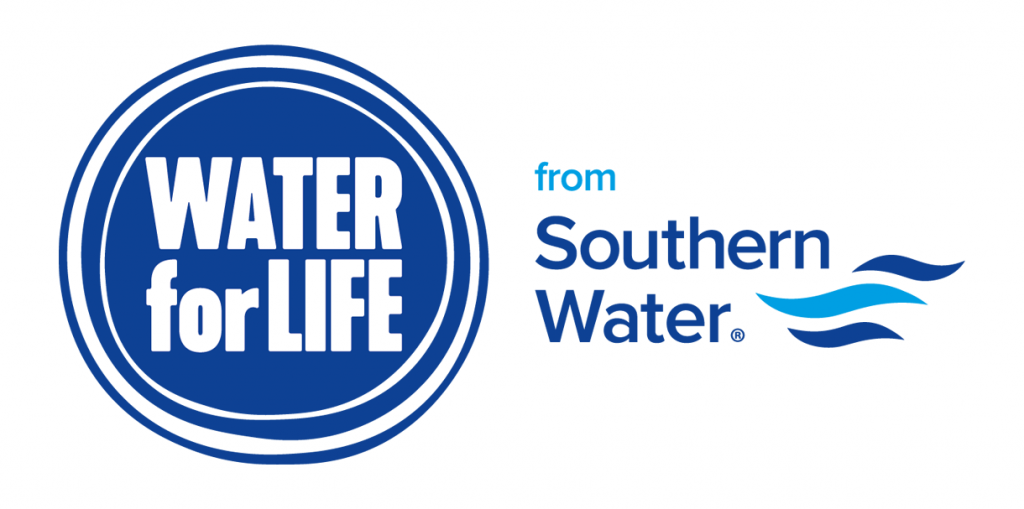The Nightingale is one of Britain’s fastest declining birds, and with the population contracting south-eastwards, Kent is becoming increasingly important for the iconic songster. Several areas within the low weald of Kent continue to support good numbers, including the Upper Beult catchment. Mapping of the current distribution of Nightingales across the cluster will help prioritise areas for different approaches to habitat restoration within the catchment.
In farmland settings, Nightingales can benefit from widening of hedgerows adjacent to young woodland, and restoration of scrub and wet woodland on marginal land – all of which enhances other biodiversity and improves natural flood management. We will be developing related proposals across the cluster in the months ahead and will look to integrate a monitoring element to demonstrate the range of benefits. This can be a great way of using a priority flagship species to deliver much more besides. Exciting times.
In the meantime if you are interested to learn more about the habitats used by Nightingales then further information, including guidance about scrub management, is available from the British Trust for Ornithology here (Managing Scrub for Nightingales | BTO – British Trust for Ornithology).





